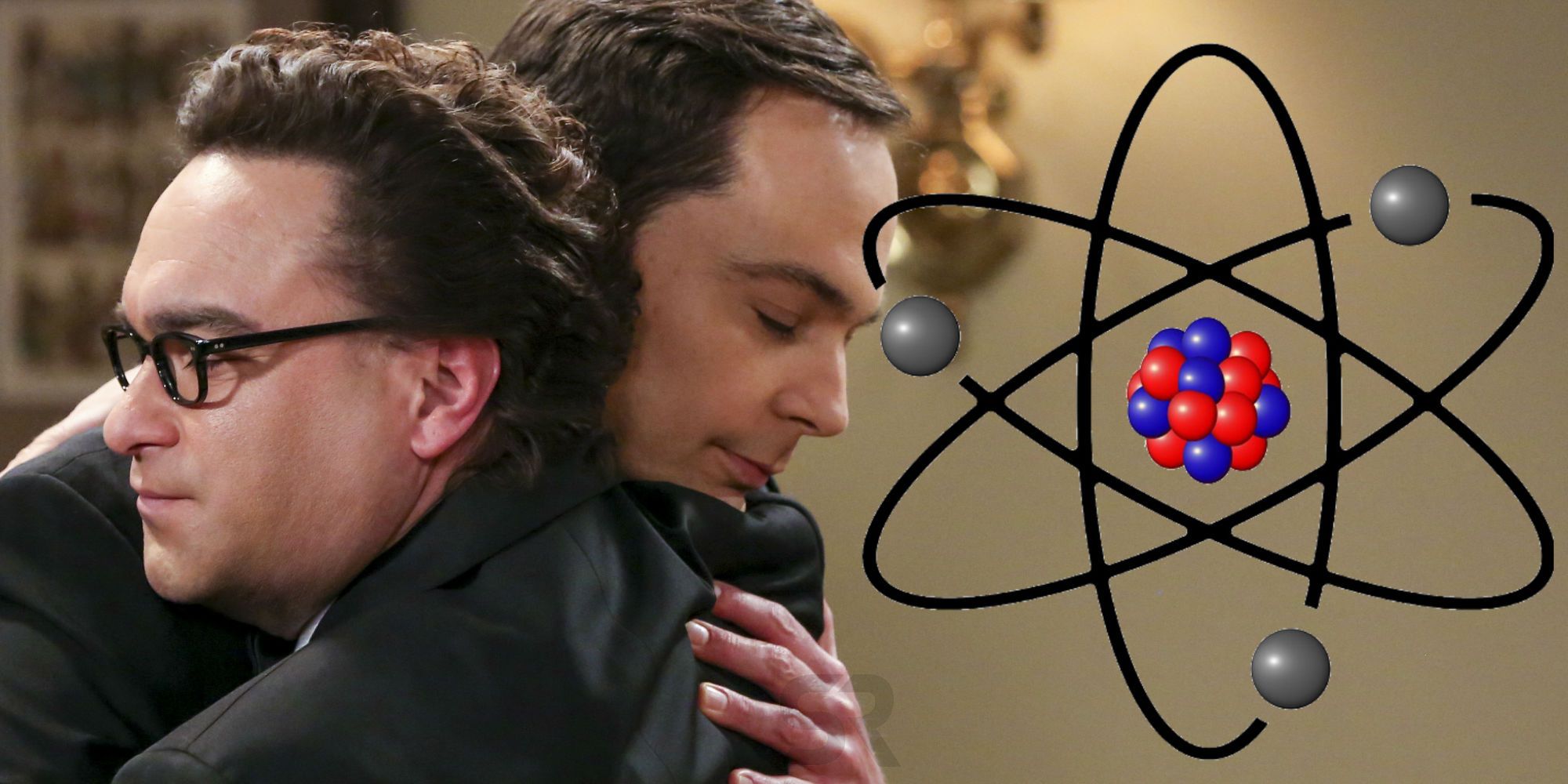The Big Bang Theory executed a mini time-jump in between their final two episodes as Leonard (Johnny Galecki) and Sheldon (Jim Parsons) took 139 and a half hours rebuilding the atomic model that shattered in "The Change Constant." But there's actually a hidden meaning why the pals took exactly the long to finish the task: 139 and a half hours is how long it takes to watch all 12 seasons of the show.
Debuting in 2007, The Big Bang Theory initially only had 5 main characters - Sheldon, Leonard, Penny (Kaley Cuoco), Howard (Simon Helberg), and Raj (Kunal Nayyar). By its fourth seasons, recurring guests Bernadette (Melissa Rauch) and Amy (Mayim Bialik) were promoted to series regulars. The core seven remained throughout since then, with several marriages among them. Throughout the years, the group went through several ups and down with regard to their personal and professional lives, all leading to the one-hour special finale that aired last month. Titled "The Change Constant" and "The Stockholm Syndrome," The Big Bang Theory writers were able to craft a thoughtful send-off that left the gang at a satisfying place. This included a string of Easter eggs and sneaky references, including the hidden meaning behind the 139.5-hour time jump.
Following Sheldon and Amy winning the Nobel Prize in Physics for Super Asymmetry announced in episode 23, The Big Bang Theory had a two-month gap as it began its final episode. The finale opened with Sheldon and Leonard putting back together the atomic 3D model that collapsed in the final moments of "The Change Constant" after Leonard moved it. As they finished putting back the balls in the structure, Leonard said, "this might be the glue talking, but that was a very pleasurable 139 and a half hours," referring to the number of hours they spent rebuilding it. Aside from establishing the passage of time in-between episodes primarily for the sake of Penny's surprise pregnancy, it also refers to the number of hours of content that The Big Bang Theory had produced in its 12-year run. Passing NBC's iconic Cheers to become the longest multi-camera sitcom ever, the CBS sitcom ran for a total of 279 episodes. Divide that into two (since the show only ran for 30 minutes every week), and we get 139 and a half hours.
The message behind the time-jump is admittedly easily missable. In terms of narrative, it doesn't really have any impact other than allowing the show to get away with revealing that Penny is pregnant, without having to deal with the fact that they spent the whole season with her insisting that she doesn't want kids. But what makes it special is the way the reference was made. The Big Bang Theory writers could have snuck this piece of Easter egg at any point in the show's final episode. Instead, they chose to link it with Leonard and Sheldon rebuilding the intricate atomic structure for 139.5 hours, since it parallels how Parsons, Galecki and the rest of the original cast and crew worked tirelessly to deliver the show that viewers loved for 12 years.
The Big Bang Theory isn't a revolutionary show. It's lighthearted, and sprinkled with emotional and touching moments. It had its fair share of missteps and, at times, its brand of humor was rooted in the wrong things. All that being said, no one can deny its massive popularity evidenced by its consistent high viewership ratings throughout its run. And now that it's over, its loyal fans will sure miss it, regardless of its flaws.


